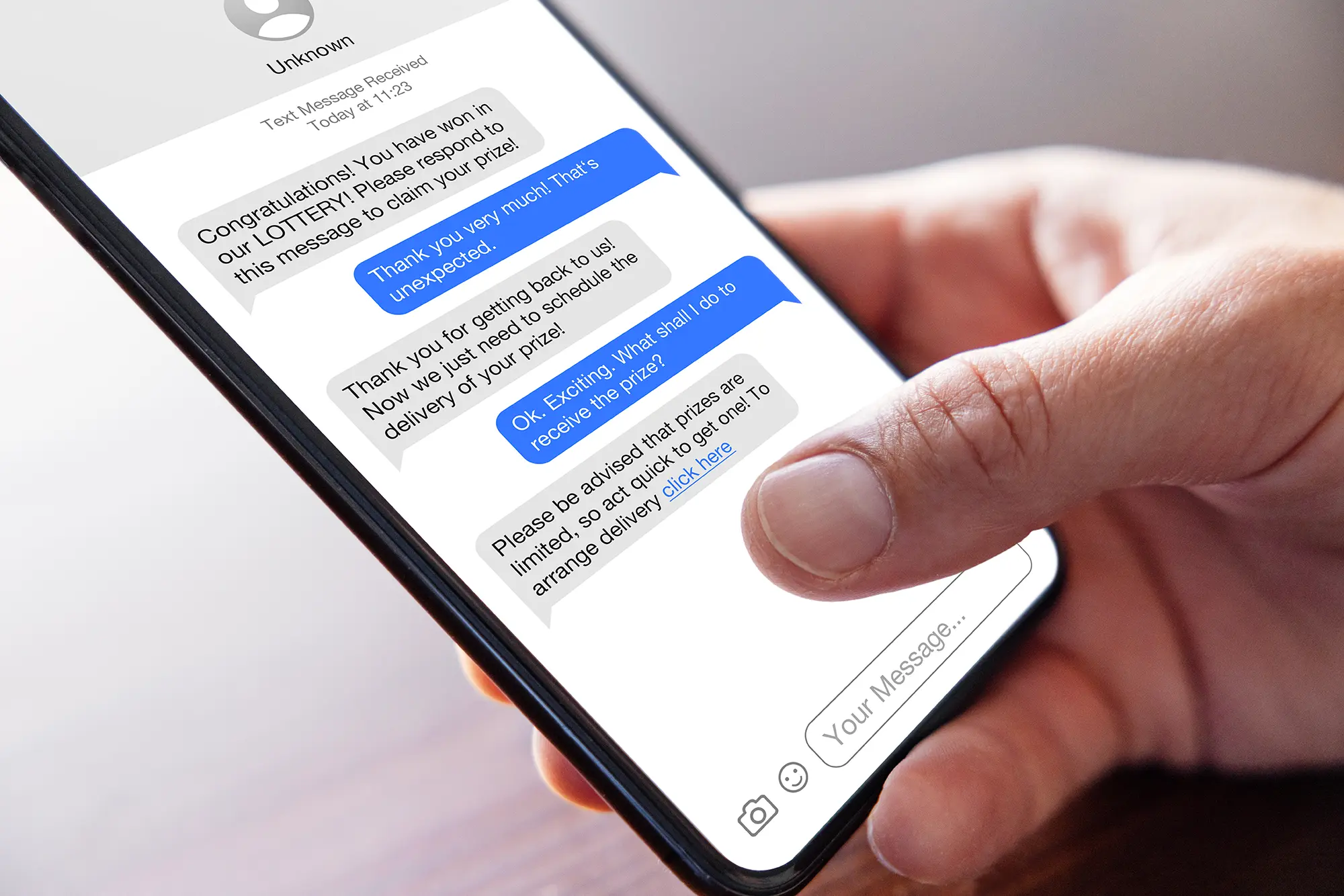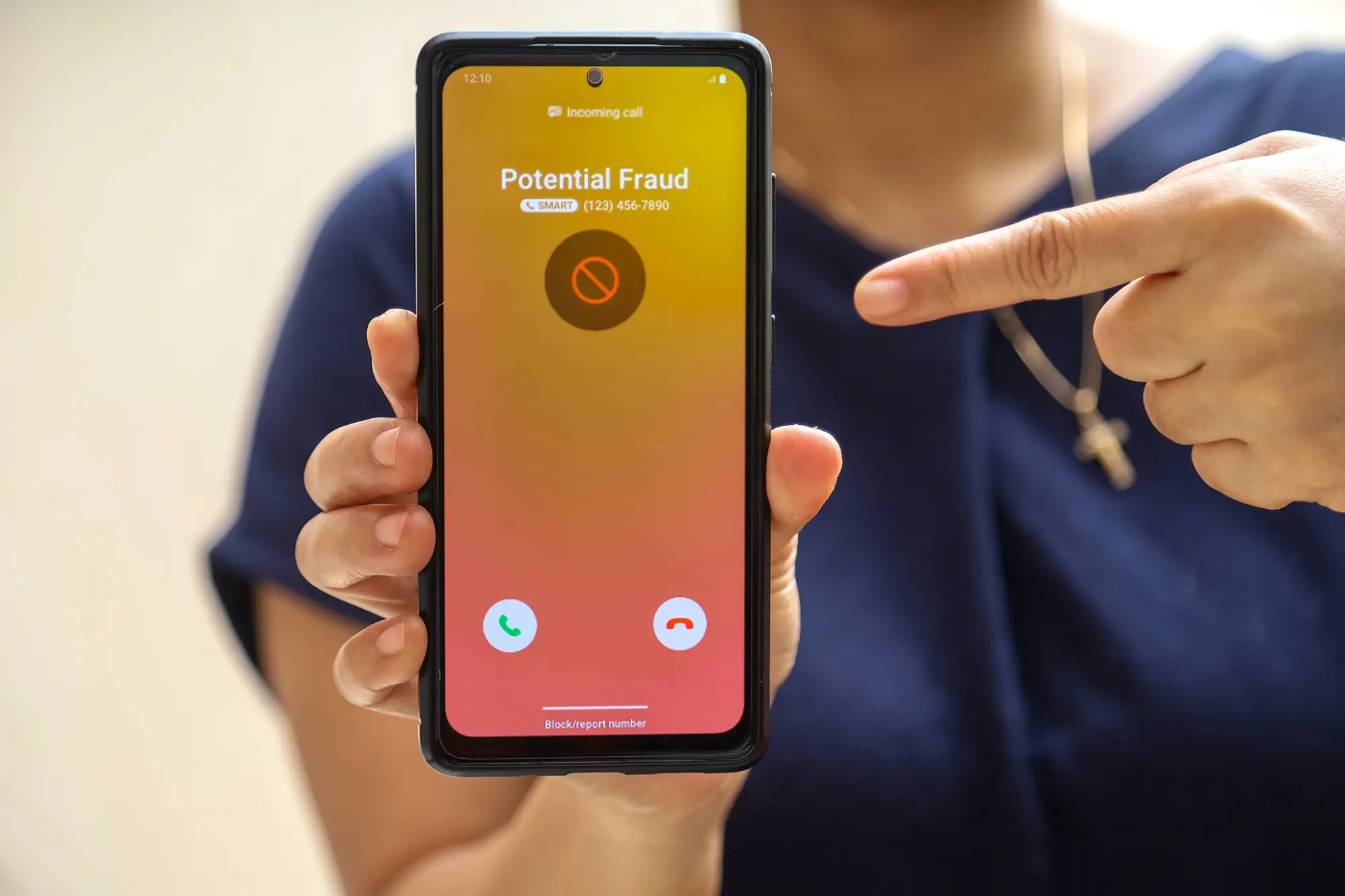Did you know that more than 75 percent of Americans never answer calls from numbers they don’t know? Smartphones have made it easier than ever for us to screen our calls, but scammers have also adapted their strategies and switched to text for their nefarious schemes.
You’ve probably noticed an influx of spam text messages (also known as smishing attempts or robotexts) in the past couple of years. In 2022, more than 225 billion spam texts were sent to U.S. phone numbers. That number is only going to increase in 2023.
The best way to stay safe against these attacks is to ignore, report and delete them. Below, we’ll give you some additional information on how to recognize these attacks and how to thwart them.
What are the most common types of smishing attacks?
- Receiving a bogus verification code that you did not ask for. Usually you’ll receive a follow-up email from a spoofed version of one of your contacts asking for the code. Once the scammer has this code, they’ll be able to access your online account associated with that number.
- Any message that says you won a prize needs to be handled with caution.
- Fake messages from companies like Amazon or USPS that ask you to verify your shipping information and pay a small price to have your package delivered.
- Messages claiming to be from the IRS asking for your information regarding a tax refund.
- Anything coming from a financial institution asking for your online banking account information. Arsenal Credit Union and other financial institutions will never ask for this information.
- Your child is hurt and you must send their personal health information so they can be treated immediately.
How can I tell if it’s a smishing attack?
Check out this helpful post from the Federal Trade Commission (FTC) for help identifying if a text you receive is actually a smishing attack. Some quick tips for you to tell if you’re receiving a bogus text include:
- If the text says that you need to take urgent action to secure your account, it’s likely smishing.
- Texts with misspellings and broken grammar are red flags.
- Even if a text uses your personal information, it might not be legit. Scammers have access to this information through social media and other methods.
Can I block messages from smishing numbers?
The Federal Communications Commission (FCC) has a valuable resource about stopping unwanted robocalls and text messages.
Both Apple and Google have different ways for you to block future messages from smishing numbers.
We’ve recently received a number of reports about smishing attacks coming from numbers claiming to be from Amazon customer support. Amazon has a page dedicated to reporting these attacks on its website.












